|
Stretching Posture (Paschimottanasana, pictured above left) and Forehead to Knee Posture (Janushirasana, pictured above right) are often grouped together and thought of as similar postures. It seems like one is just the two-legged version of the other. But they work differently in the body, targeting completely different layers of the tissue system. Stretching Posture lengthens the back of the body in a straight line, more or less. Up the back of the legs via the hamstrings and up the back via the erectors of the spine. This is pictured above in figure "a."
The defining characteristic of Forehead to Knee Posture is the bent leg. The hip rotates and opens (abducts) while the knee bends. That is how we get the foot near the groin. This action completely changes the tissue relationships on the back of the hip and pelvis. It lengthens the gluteus maximus (butt muscle) and tightens the IT (ilio-tibial) tract, a super tough band of tissue that runs down the outside of the leg and across the knee. See figure "b" above. Next time you do Forehead to Knee Posture, pay attention to your bent hip, knee and the outside of the leg. Notice the relationship between the leg and the spine. It is more complex than Stretching Posture.
4 Comments
Adrian
1/2/2018 12:29:40 pm
Don’t forget to mention the fantastic unilateral stretch that you get on the lat and the QL, the better the rotation prior to the stretch, the more those muscles will be targeted. I love Janushirashana! :)
Reply
12/31/2019 11:59:24 am
When doing 'Stretching' with a flat spine, you have to use the erector muscles to make the spine flat. Engaging these muscles shortens the back, so the lengthening does not happen. This puts more pressure on the pelvis to tilt forward, lengthening the hamstrings more. So a flat spine separate the upper and lower body, as the spine contracts and the hamstrings lengthen. If, on the other hand, the spine rounds while the abdominal muscles contract, the back of the spine will lengthen along with the hamstrings, integrating the upper and lower body.
Reply
Leave a Reply. |
AUTHORSScott & Ida are Yoga Acharyas (Masters of Yoga). They are scholars as well as practitioners of yogic postures, breath control and meditation. They are the head teachers of Ghosh Yoga.
POPULAR- The 113 Postures of Ghosh Yoga
- Make the Hamstrings Strong, Not Long - Understanding Chair Posture - Lock the Knee History - It Doesn't Matter If Your Head Is On Your Knee - Bow Pose (Dhanurasana) - 5 Reasons To Backbend - Origins of Standing Bow - The Traditional Yoga In Bikram's Class - What About the Women?! - Through Bishnu's Eyes - Why Teaching Is Not a Personal Practice Categories
All
Archives
May 2024
|

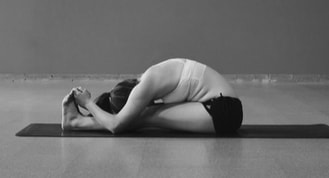
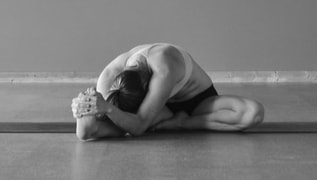
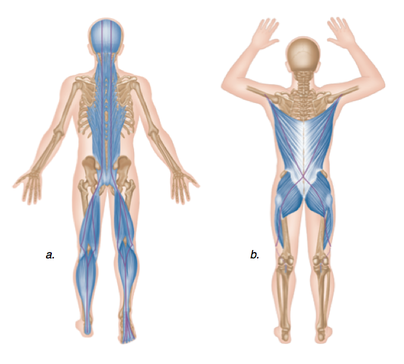
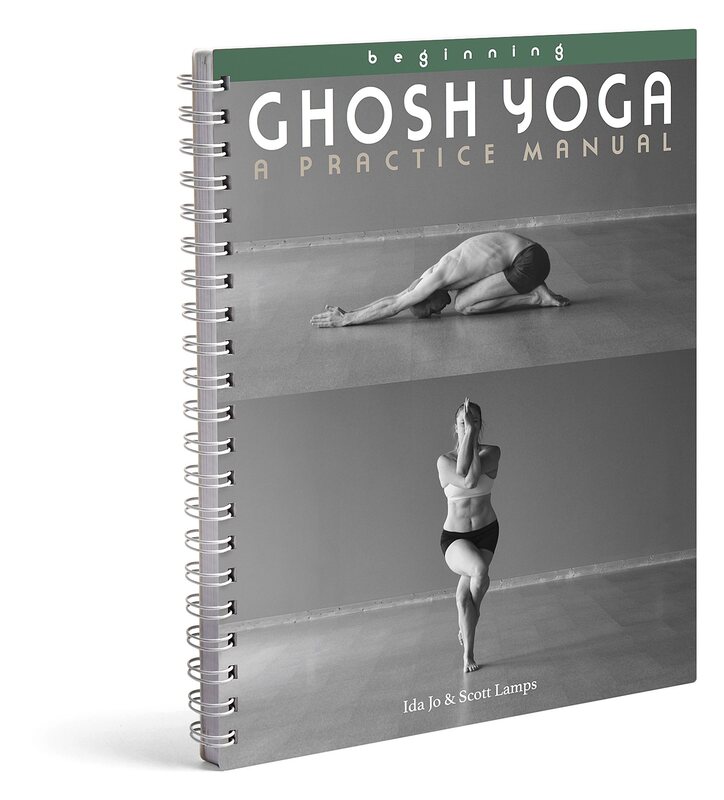
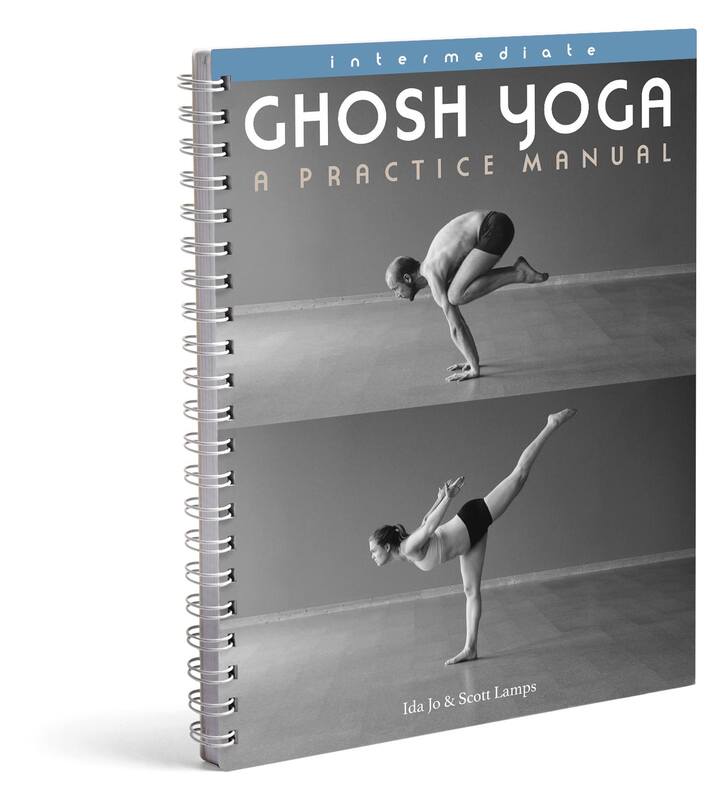
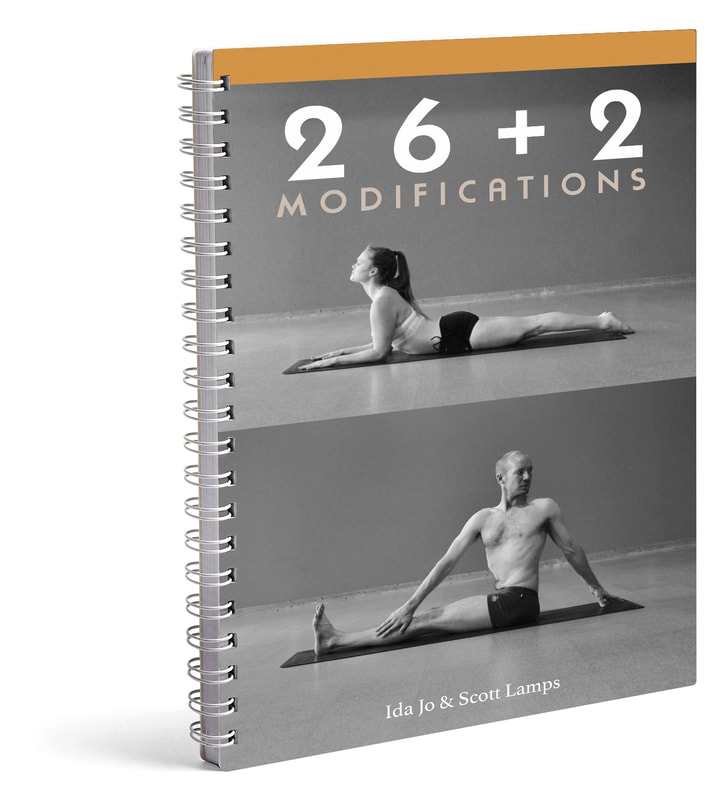
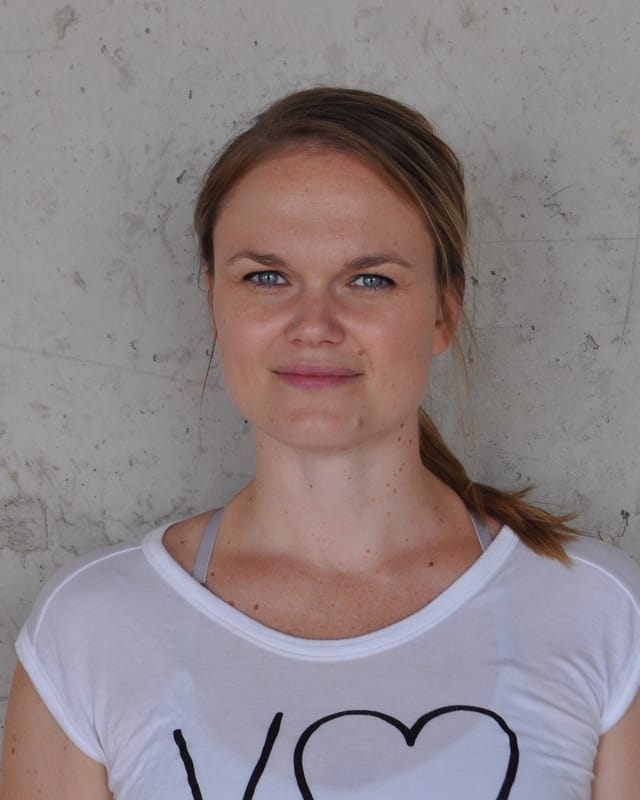
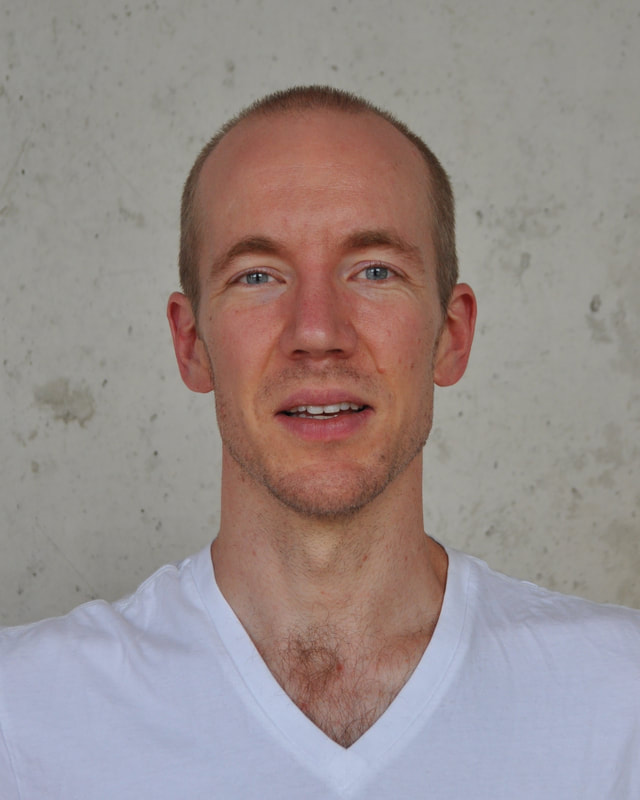
 RSS Feed
RSS Feed